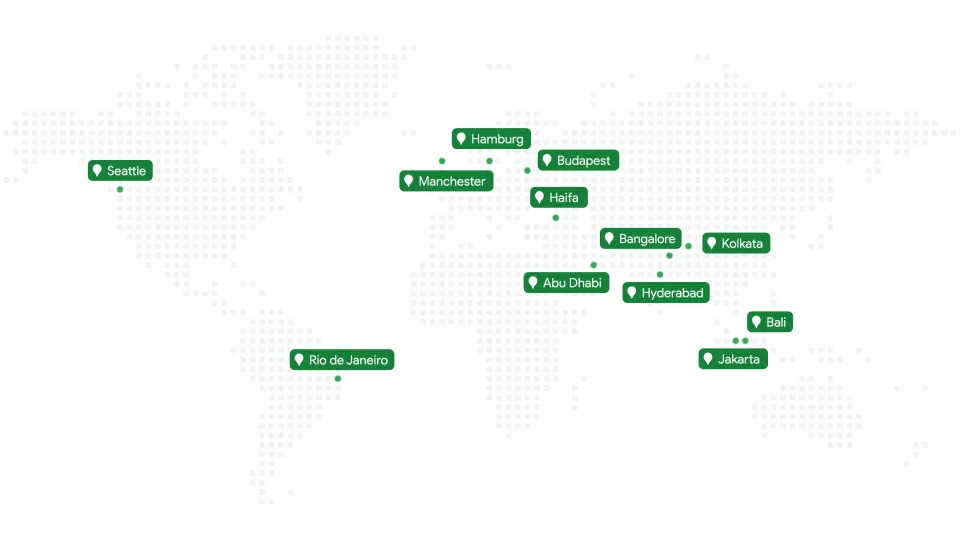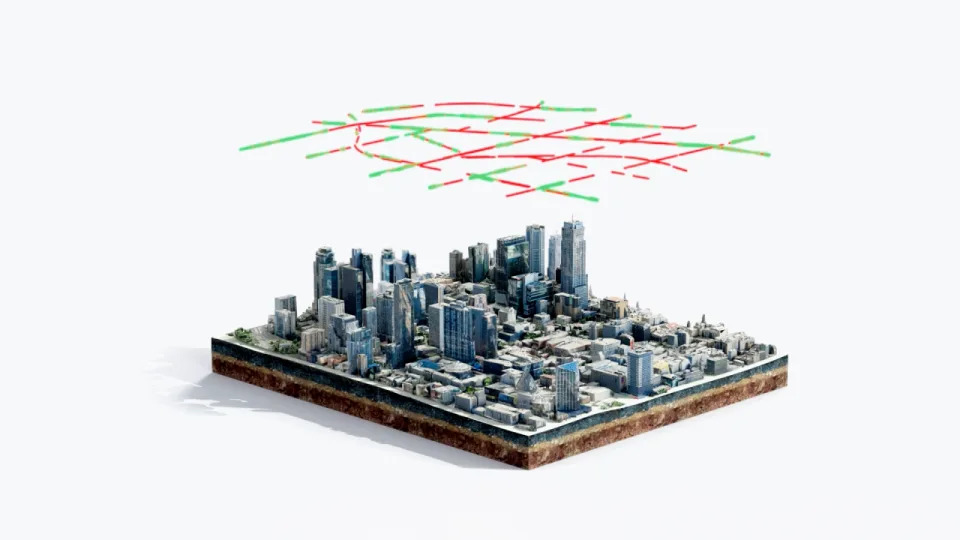It has been two years since Google initially introduced Project Green Light, an innovative approach to addressing street-level pollution stemming from vehicles idling at traffic lights. During its Sustainability ‘23 event on Tuesday, Google discussed the early findings of the program and unveiled the next phase of its expansion.
Project Green Light employs machine learning systems to analyze Maps data, determining traffic congestion levels at specific intersections and the average wait times for vehicles halted there. This information is then utilized to train AI models capable of autonomously optimizing traffic signal timing at those intersections. This optimization reduces idle times, minimizes the need for abrupt braking and acceleration, all contributing to Google’s aim of helping its partners collectively reduce their carbon emissions by one gigaton by 2030.

When initially introduced in 2021, the program was in the pilot phase, tested in four intersections in Israel in collaboration with the Israel National Roads Company. During these tests, Google reported observing a “10 to 20 percent reduction in fuel consumption and intersection delay time.” Since then, the pilot program has expanded, involving a dozen partner cities worldwide, including Rio de Janeiro, Brazil; Manchester, England; and Jakarta, Indonesia.
Yael Maguire, Google’s VP of Geo Sustainability, mentioned during a pre-brief event that Google plans to further expand the program to more cities in 2024. Early data suggests the potential for a 30 percent reduction in stops. Green Light’s distinct advantage lies in its scalability and cost-effectiveness for cities compared to alternative options. The ideal scenario involves cities implementing these AI models across grids of neighborhood blocks to create “waves” of synchronized green lights.

Maguire emphasized that “Our AI recommendations work with existing infrastructure and traffic systems. City engineers can monitor the impact and witness results within weeks.” The Manchester test reportedly resulted in improvements in emission levels and a rise in air quality of up to 18 percent. Google also highlighted the efficacy of its Maps routing in reducing emissions, preventing over 2.4 million metric tons of carbon emissions, equivalent to removing around 500,000 fuel-based cars from the road for a full year.




